How To Get Rid Of Static Hair After Straightening
Try our pro tips to avoid untamed flyaways that ruin the purpose of heat styling.
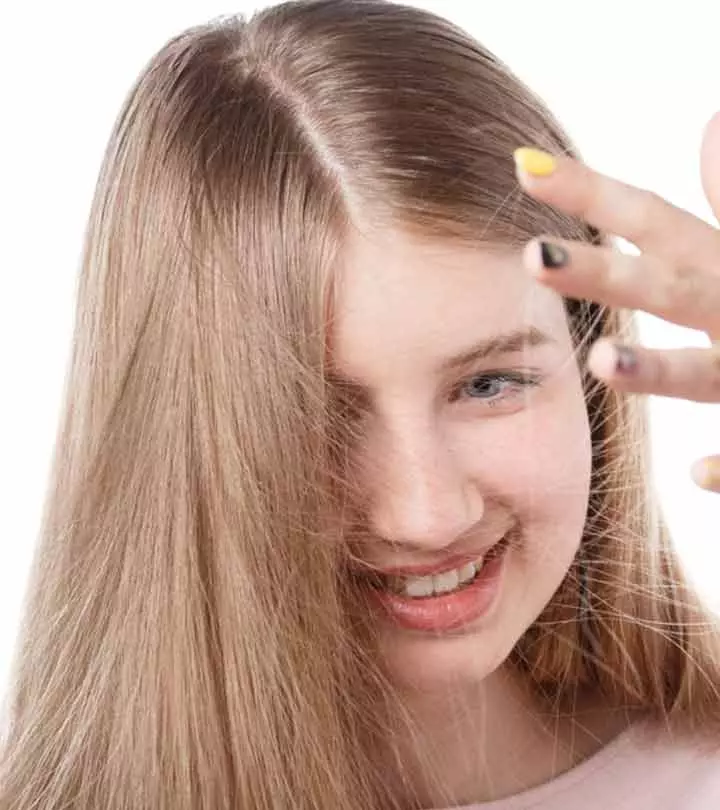
Image: ShutterStock
If you frequently use a flat iron, you may notice static hair after straightening your locks each time. It ruins the whole purpose of straightening since the hair gets frizzy and messy eventually. Hair straighteners can help create that flawlessly styled, sleek hair, but the high heat can dry out the strands by robbing them of moisture. Straighteners are indispensable, but dry hair is no fun at all. Read this article to learn how to prevent static with simple changes to your hair care regimen.
 Trivia
TriviaIn This Article
Why Do We Get Static After Hair Straightening?
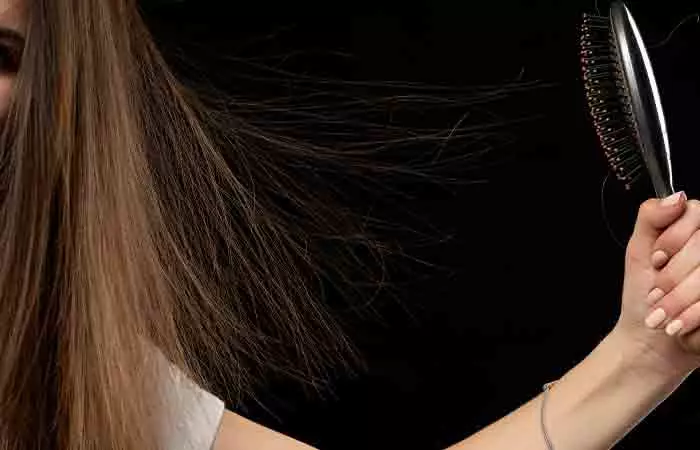
Dry hair that lacks moisture produces static (1). Flat irons used in high temperatures dry out the hair, leading to static. This makes the hair shafts repel each other, resulting in flyaways (1). The rubbing of a flat iron against the hair strands builds a minute electrical charge due to electron transfer. Thus, it is normal for the hair to experience static while straightening.
Let’s find out how to get smooth hair after straightening by removing static.
Key Takeaways
- Hair can become static-ky after using a straightening tool because of low moisture content and sudden electrical charge.
- There are many tips to reduce static – you can maintain the moisture in your hair, in addition to following other tips.
How To Get Rid Of Static Hair After Straightening
- Protect your hair from dryness and replenish its lost moisture by using hair products such as shampoo and conditioner laden with hydrating properties. Ensure these products do not contain any harsh agents, such as alcohols, fragrances, and sulfates, which might further damage your hair.

- The most important hair tip is to not overwash your hair, which strips your hair of its natural moisture.
- Always apply a conditioner after shampooing your hair. Deep condition your hair with nourishing hair masks at least once a week.
Switch to ionic (ceramic or tourmaline) hair dryers as they balance the ions and reduce static. Use hair dryers at least 15 cms away from you to prevent hair damage.
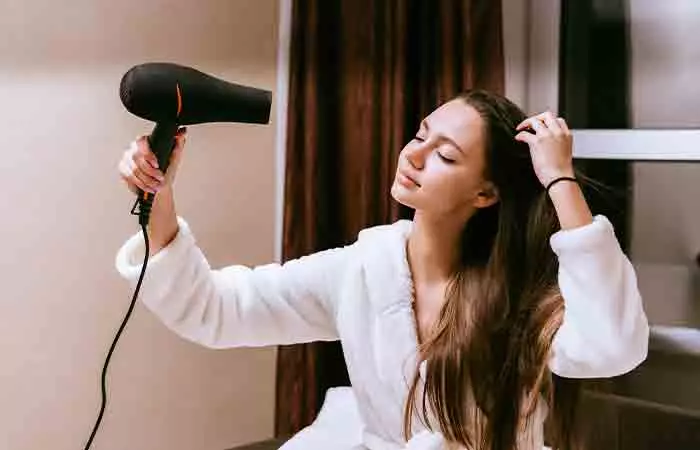
- The very technique of using the straightening machine can make a lot of difference in the way hair looks. Want to know how to use a hair straightener like a pro? Keep these few things in mind to get pin-straight frizz-free locks: Straighten your hair only when it is completely dry to prevent static. Do not straighten, style, or even tug damp hair as it is fragile. Also, use microfiber towels for taming frizz.
- Apply a thermal protectant or hair serum before using flat irons or hot styling tools to prevent heat damage and make hair styling last longer.
- Use wooden or horn combs with natural bristles to minimize static formation. You can use a paddle brush for taming frizz and flyaways.
- Follow up with anti-frizz or humidity-resistant sprays after straightening your hair. They act as barriers and prevent moisture loss from your hair. However, using these products sparingly a little goes a long way.
- Apply hair oils to restore the natural moisture level of your tresses. Hair oils help in hair treatment by sealing the cuticles, locking in moisture, and assisting in hair maintenance.
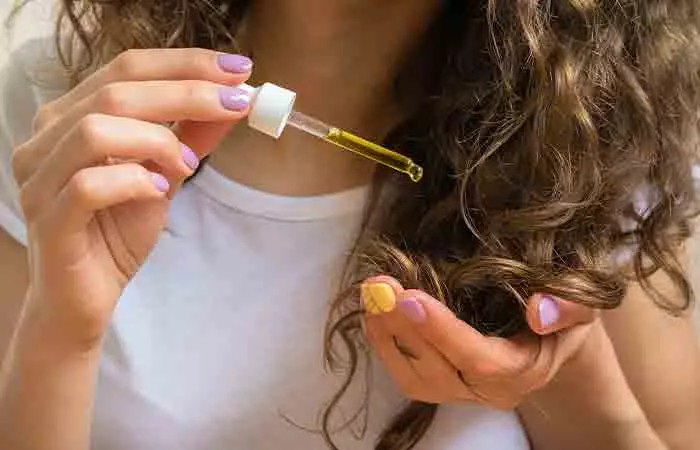
- Avoid clothes, hats, hijabs, and scarves made of synthetic fabrics as they can rub against the hair and create static. Instead, go for natural fibers, such as cotton or silk.
- Steam treatments are a great way to add moisture to your hair to avoid static. Sitting under a steamer or mister with a moisturizing hair mask imparts a good amount of moisture. Make sure you rinse the mask out of your hair really well after the treatment.
- Apply a leave-in conditioner or hair serum to add moisture and reduce friction.
- Use an anti-static spray to minimize static.
- Avoid using a flat iron at very high temperatures to prevent excessive drying, damage, and static electricity.
- Place a humidifier in your room to impart moisture to your hair. This will also keep your hair from drying out and attracting static.
- Lightly rub your hair with a dryer sheet to remove static. However, avoid overdoing it as it might leave a residue.
- Tie your hair back into a loose braid or bun during windy or dry weather conditions to minimize static.
- Put some water on your fingertips and smoothen your hair to restore the balance of negative and positive charges.
Greta, a YouTuber, shared her personal experience and opinion on how she combats the common problem of static hair. She states in her video, “This is something I have struggled with my whole life because I have long hair that rubs on things and the winter comes around and my hair is super dry (i).” She then proceeds with tips, such as drinking more water, using a good hair mask for deep conditioning, and not washing hair every day. She also recommends not using heat, and adds, “I’m not really using heat on my hair. The only time I really use it is if I’m going to bed with wet hair and I hate that so I dry it first.”
 Quick Tip
Quick Tip
Infographic: Easy Methods To Get Rid Of Static Hair After Straightening
Static hair is a common frustrating issue that occurs from straightening your hair. It is caused by the buildup of static electricity in the hair, which makes it stand up and appear frizzy. Fortunately, there are several easy ways to get rid of it. Check out the infographic below to know more!

Illustration: StyleCraze Design Team
Though hair straighteners leave you with straight hair, they can dry out your hair and rob off the moisture from the strands, leading to static electricity. It makes the strands repel and result in static hair after straightening. Keeping your hair moisturized, avoiding harsh chemicals, never straightening damp hair, applying hair oils, using wooden combs, etc., may help improve the condition, get rid of static, and fix unmanageable hair. You may also apply thermal protectants to reduce damage, dryness, and static. Following a proper hair care routine and the tips mentioned above on how to get rid of static hair can help you achieve soft, smooth, and static-free hair.
Frequently Asked Questions
Can humidity cause static hair?
No. Static hair does not occur in high humidity. Static hair is caused by the friction between hair strands or contact with other materials creating a negative electron charge. However, due to the moisture in the air in humid conditions, this electron transfer is reduced, thus reducing the chances of static charge in hair strands.
Is static hair reversible?
Yes. Static hair can be managed by using anti-static products, hydrating your hair, or applying leave-in conditioners. Boosting your hair’s moisture levels can help reduce static and restore it to a smoother state.
Does dehydration cause static hair?
Yes. Dehydration makes your hair dry and as a result, it produces static electricity, making your hair frizzy (1).
Does static hair mean damage?
Static hair does not cause any hair damage. However, static is often the result of dryness, which may also cause frizz, breakage, and damage.
What kills static in hair?
Moisturization is the most effective remedy to kill static in hair. Use hair masks and deep condition the hair at least once a week with moisture-locking ingredients to get rid of static hair.
Does washing your hair get rid of static?
No, washing the hair alone is not enough to get rid of static hair. Moisturizing the strands after a shampoo wash is necessary to remove static.
Illustration: How To Prevent Static Hair After Straightening
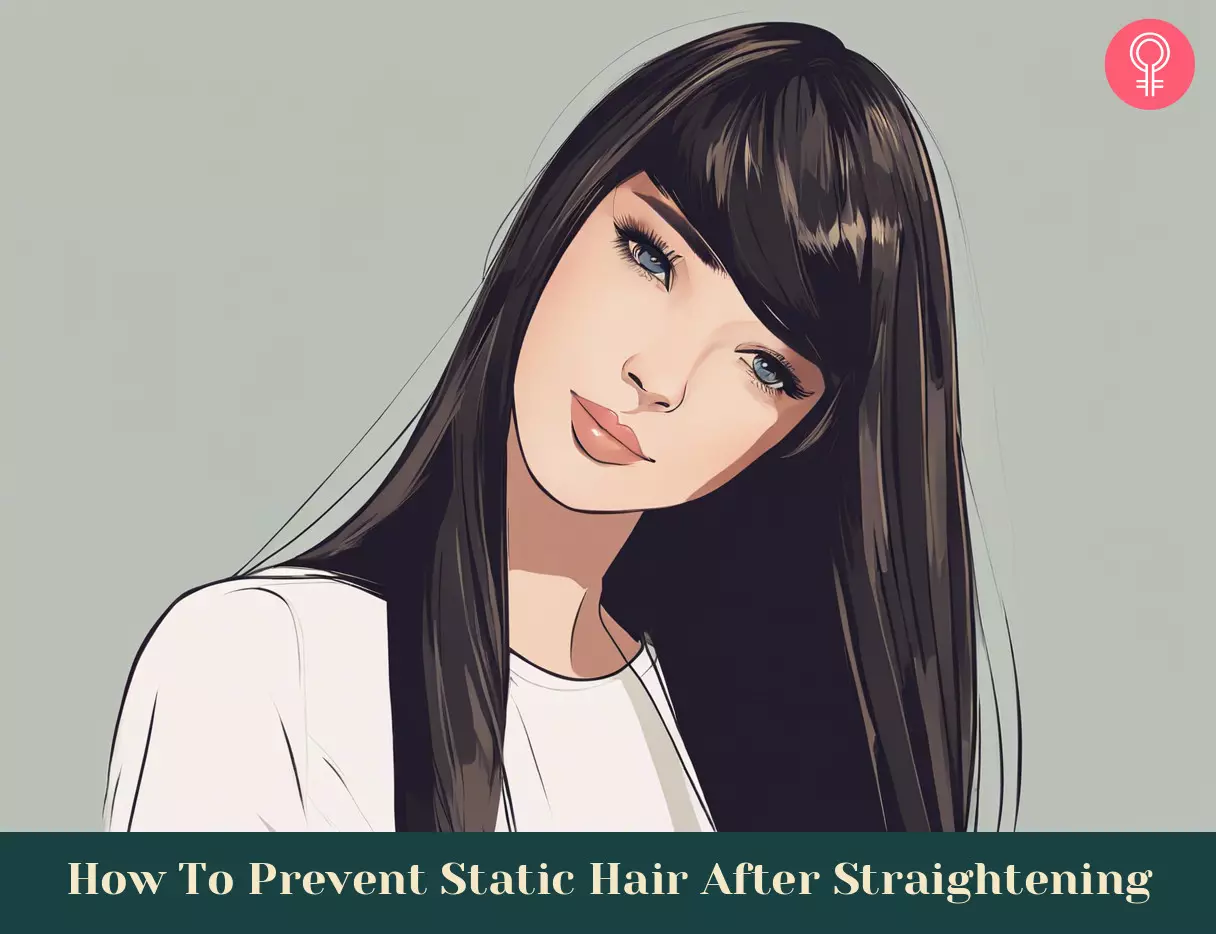
Image: Stable Diffusion/StyleCraze Design Team
Looking to get an amazing look without frizz? Check out this video to learn how to prevent static when straightening your hair for a flawless look.
Personal Experience: Source
StyleCraze's articles are interwoven with authentic personal narratives that provide depth and resonance to our content. Below are the sources of the personal accounts referenced in this article.
i. 8 Tips on how to prevent static in your hair. – Winter hair care | 408beautybygretahttps://youtu.be/54VXS-lxYZ0?feature=shared
References
Articles on StyleCraze are backed by verified information from peer-reviewed and academic research papers, reputed organizations, research institutions, and medical associations to ensure accuracy and relevance. Read our editorial policy to learn more.
- Healthy Hair: What Is it?
https://www.sciencedirect.com/science/article/pii/S0022202X15526559 - Healthy Hair: What Is it?
https://www.sciencedirect.com/science/article/pii/S0022202X15526559
Read full bio of Alicia Igess
Read full bio of Annie Jangam
Read full bio of Eshna Das
Read full bio of Monomita Chakraborty






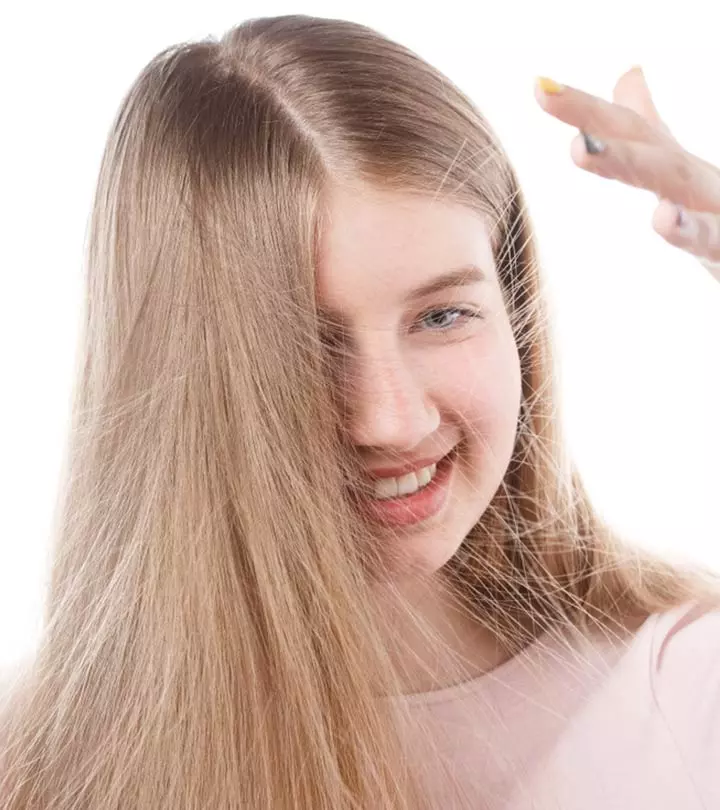



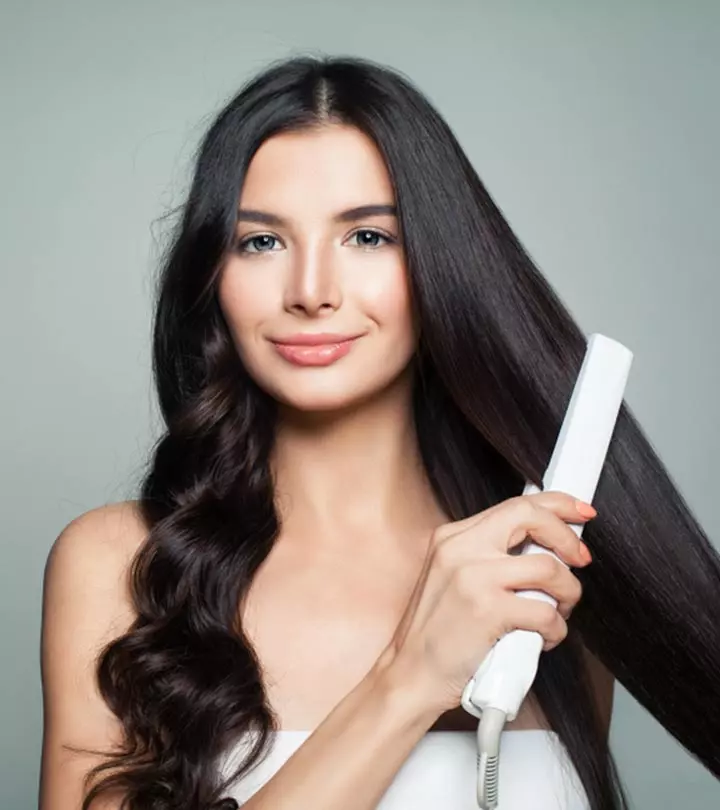
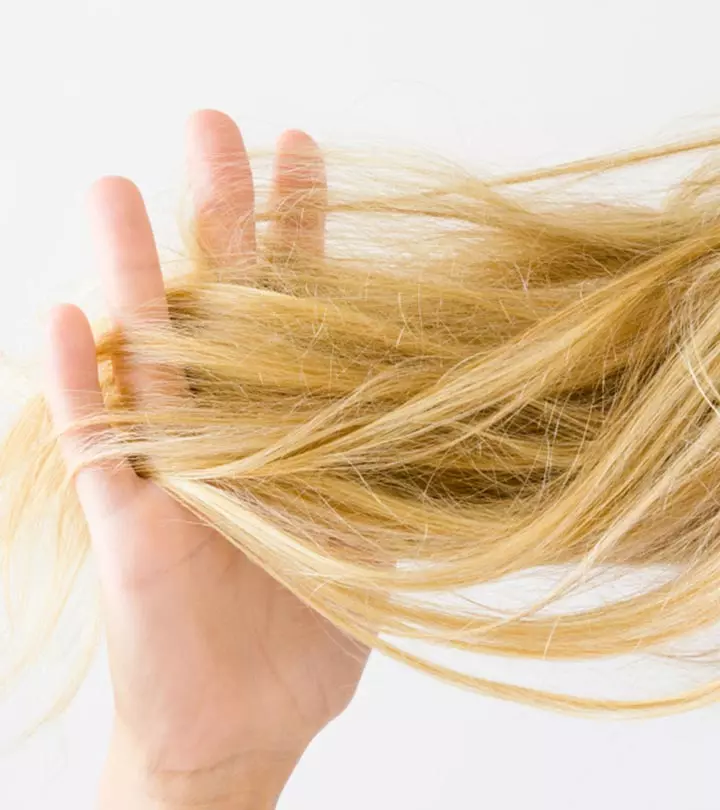
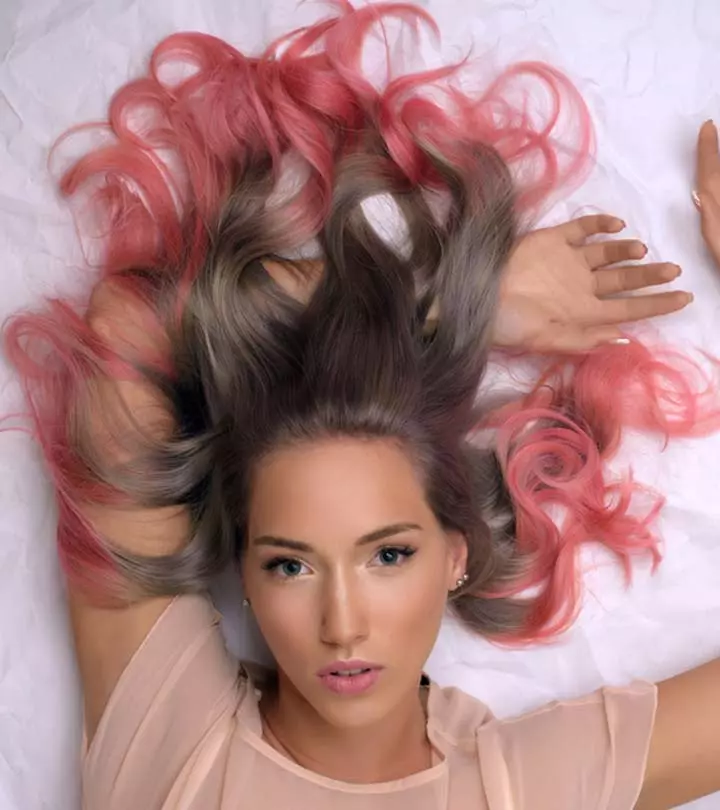
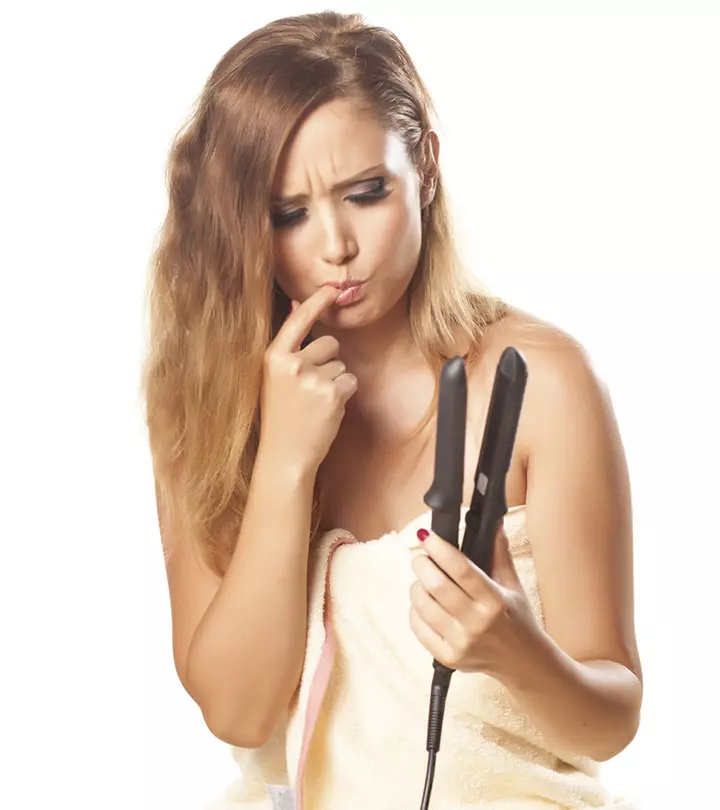
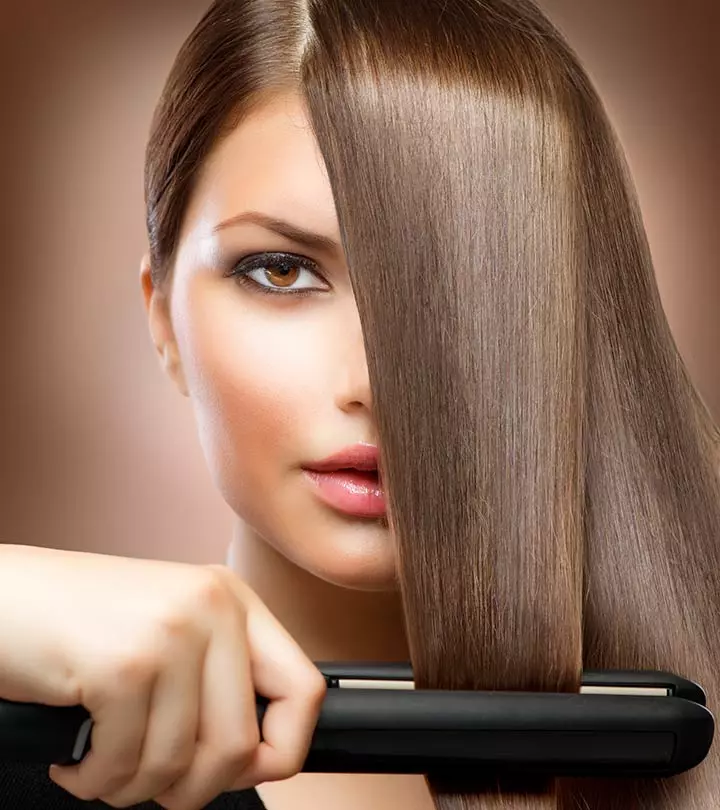
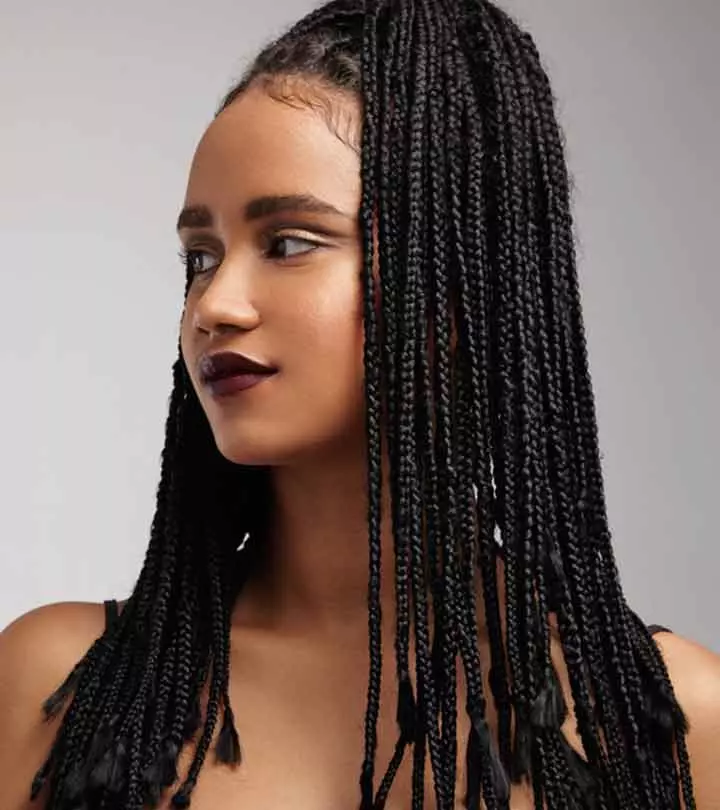
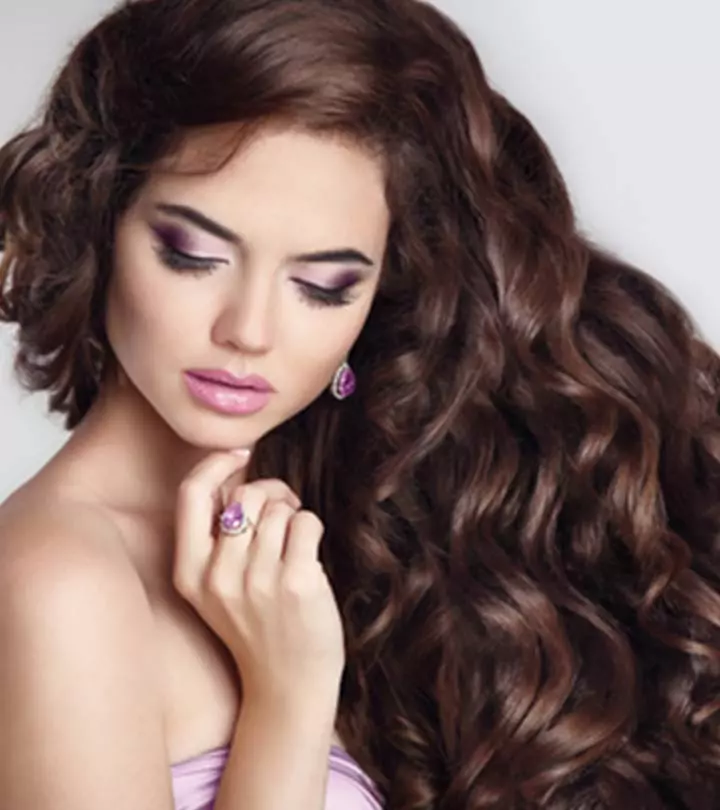
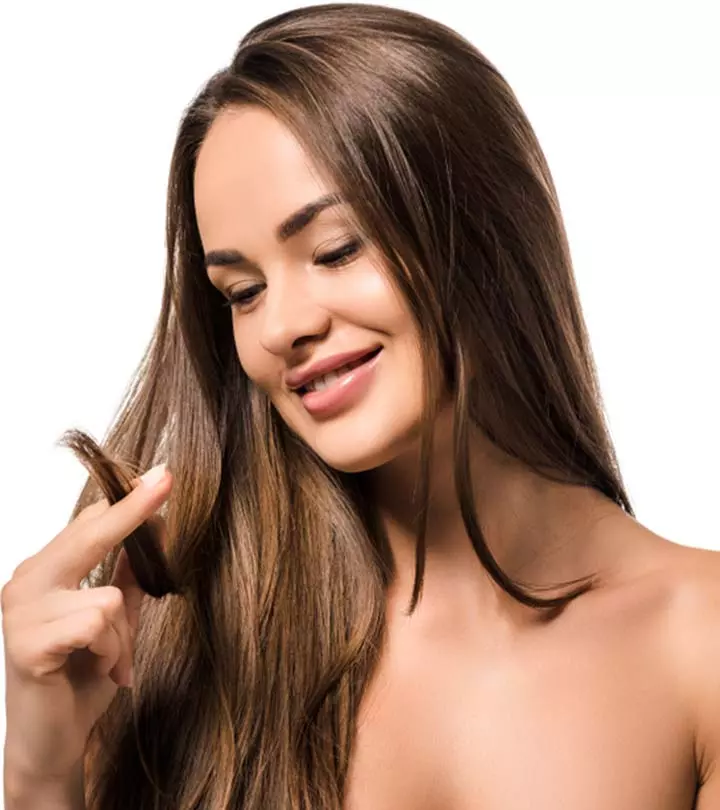
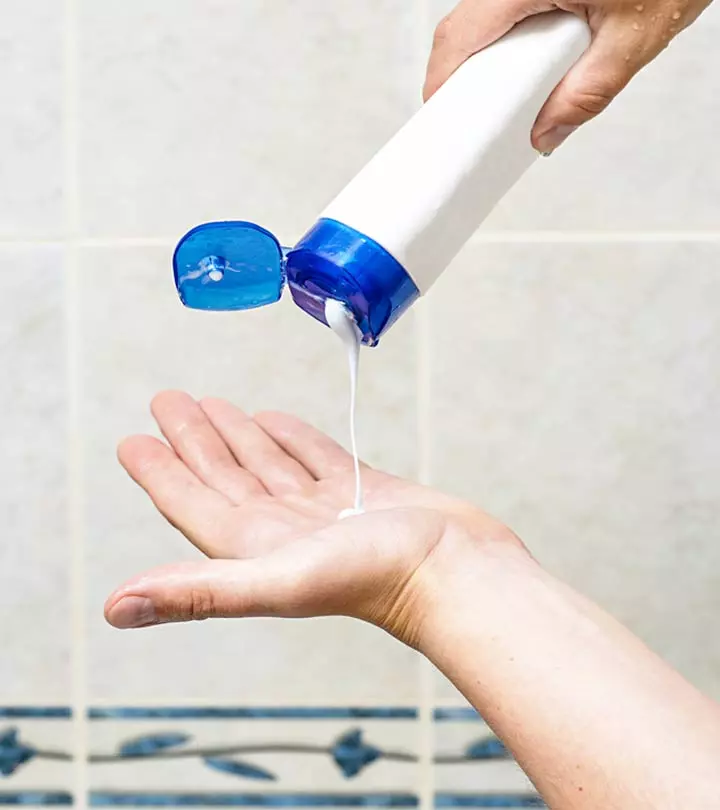

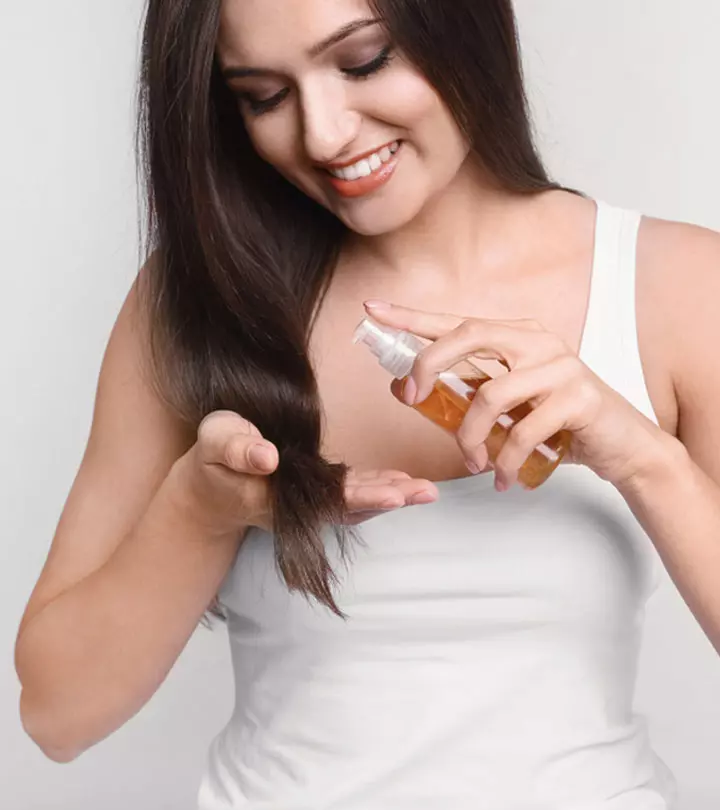
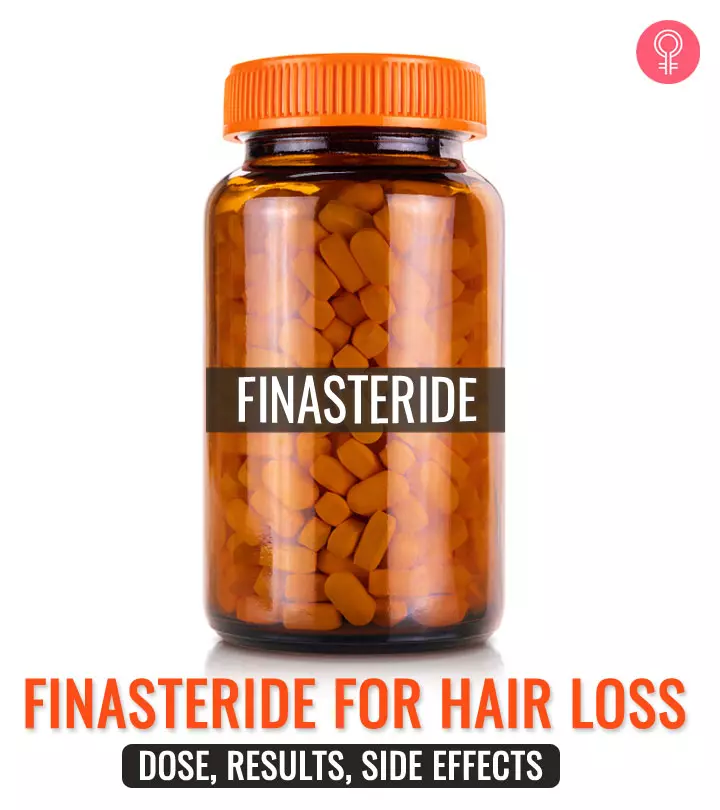



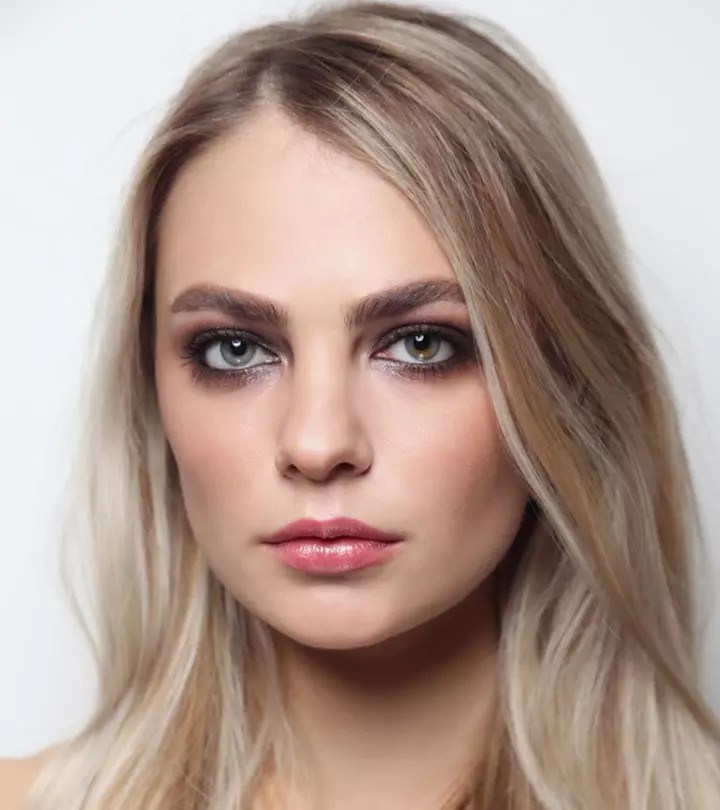
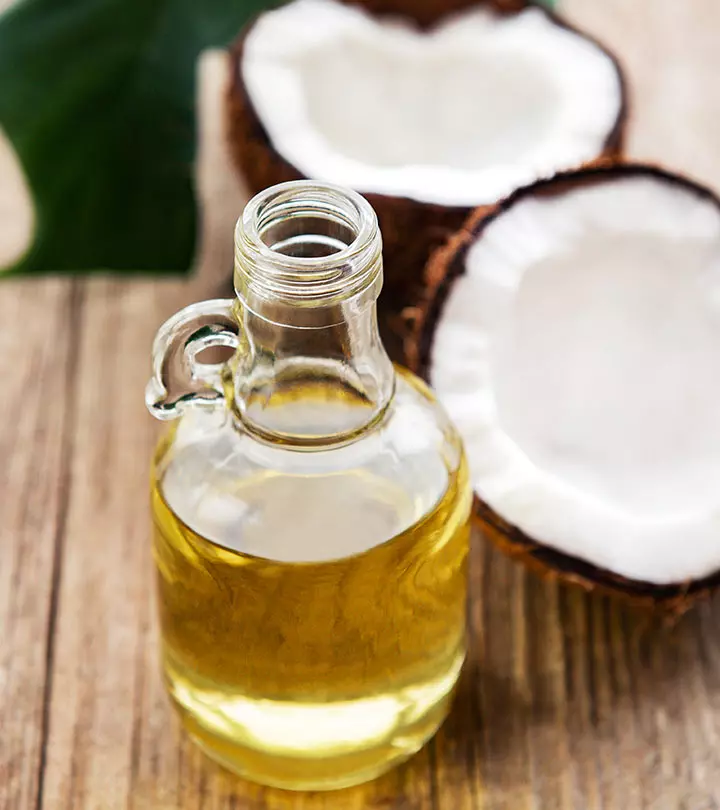
Community Experiences
Join the conversation and become a part of our empowering community! Share your stories, experiences, and insights to connect with other beauty, lifestyle, and health enthusiasts.